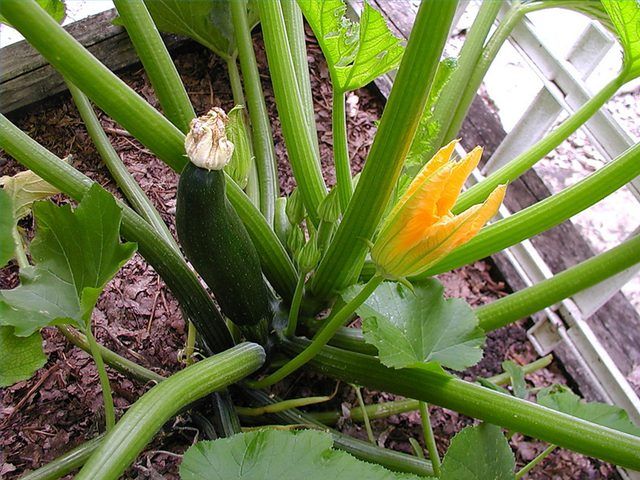Bulbs
Flower Basics
Flower Beds & Specialty Gardens
Flower Garden
Garden Furniture
Garden Gnomes
Garden Seeds
Garden Sheds
Garden Statues
Garden Tools & Supplies
Gardening Basics
Green & Organic
Groundcovers & Vines
Growing Annuals
Growing Basil
Growing Beans
Growing Berries
Growing Blueberries
Growing Cactus
Growing Corn
Growing Cotton
Growing Edibles
Growing Flowers
Growing Garlic
Growing Grapes
Growing Grass
Growing Herbs
Growing Jasmine
Growing Mint
Growing Mushrooms
Orchids
Growing Peanuts
Growing Perennials
Growing Plants
Growing Rosemary
Growing Roses
Growing Strawberries
Growing Sunflowers
Growing Thyme
Growing Tomatoes
Growing Tulips
Growing Vegetables
Herb Basics
Herb Garden
Indoor Growing
Landscaping Basics
Landscaping Patios
Landscaping Plants
Landscaping Shrubs
Landscaping Trees
Landscaping Walks & Pathways
Lawn Basics
Lawn Maintenance
Lawn Mowers
Lawn Ornaments
Lawn Planting
Lawn Tools
Outdoor Growing
Overall Landscape Planning
Pests, Weeds & Problems
Plant Basics
Rock Garden
Rose Garden
Shrubs
Soil
Specialty Gardens
Trees
Vegetable Garden
Yard Maintenance
Zucchini Plant Diseases
Zucchini Plant Diseases. Zucchini plants are easy to grow in a home garden, offer a fruitful bounty and are a tasty addition to any summer meal. Zucchini plants are susceptible to a few diseases, however. If you're planning to grow zucchini in the future, or are growing it now and looking to troubleshoot a problem with your plant, this guide to...

Zucchini plants are easy to grow in a home garden, offer a fruitful bounty and are a tasty addition to any summer meal. Zucchini plants are susceptible to a few diseases, however. If you're planning to grow zucchini in the future, or are growing it now and looking to troubleshoot a problem with your plant, this guide to common zucchini plant diseases should help.
Bacterial Wilt
Bacterial wilt is caused by the bacteria Erwinia tracheiphila and is spread by cucumber beetles. The symptom is a green patch on the leaf, usually appearing a week after the bacteria-infected beetle makes a feeding wound in the leaf. The disease can spread throughout the whole leaf so quickly that the initial patch may not even be detected. Unfortunately, a slimy discharge can cause the plant to wilt, and the plant will not survive once it's reached this stage. The most effective control is beetle control, and one option is to grow an initial crop of zucchini to attract the beetles before spraying. However, this can lead to an increase in beetle numbers if the spraying is not thorough. Small plantings can be protected through a process called "screening," which involves covering them with cheesecloth. Other preventative measures include frequent weeding, keeping plants away from wooded areas and storing only zucchini produced from healthy vines.
Downy Mildew
Downy Mildew is caused by the fungus Pseudoperonospora cubensis, which flourishes in humidity and foggy, wet weather. It can survive hot days, although a prolonged heat wave will diminish the capacity of the disease. The fungus is easily carried through farm machinery, rain splash or by wind. The disease is most common on late summer plantings. Signs of the disease could be light green spots, yellow spots or fur underneath the leaves. Like bacterial wilt, the best form of treatment for downy mildew is control. If not using a resistant variety such as Zucchini Select, then grow on a site with good sunlight, irrigation and low humidity. If the disease is detected early, pull out the infected zucchini plants and destroy them so they don't infect the other zucchini plants.
Zucchini Yellow Mosaic Virus
Zucchini yellow mosaic virus was discovered in 1981. It is transmitted from infected plants to healthy plants by aphids: a small, winged insect. Aphids are infected with the disease after landing on a sick plant, and then infect healthy zucchini plants simply by landing on them. To diagnose zucchini yellow mosaic virus, inspect the edges of the leaves on the plant for a yellow color, or wrinkling. Avoiding this virus largely involves avoiding aphids--so if you know aphids are infecting a field or garden nearby, don't plant your zucchini until the aphids pass or keep the plants in a well-sealed greenhouse. If you've been infected already, fill a spray bottle with mineral oil and spray the infected plants. This mixture has proved to be a natural insecticide.
Gray Mold
Botrytis blight, or gray mold, is a mold that can affect zucchini in wet or humid weather. If you see brown spotting on the plant and particularly silver spores on dead parts of the plant, then your zucchini may be infected with gray mold. A good way to avoid the disease is to check the plants regularly for signs of infection. If you see gray mold, remove that plant from the rest of your zucchini plants. If you've planted during a wet summer, keep your zucchini plants spaced out from one another to ensure good air circulation. Fungicides can also be useful to prevent infections, particularly during rainy days.
Squash Blossom End Rot
While squash end rot is not actually a disease, it is a common problem with zucchini plants, and it can be mistaken for a disease. Squash end rot is caused by a calcium deficiency in the soil. While it isn't poisonous or dangerous to eat infected zucchinis, a calcium deficiency can cause the zucchini to mature early and it will lack flavor. End rot cannot be treated, so the best way to avoid it is through prevention. Watering the crop evenly is the best way to prevent squash end rot.